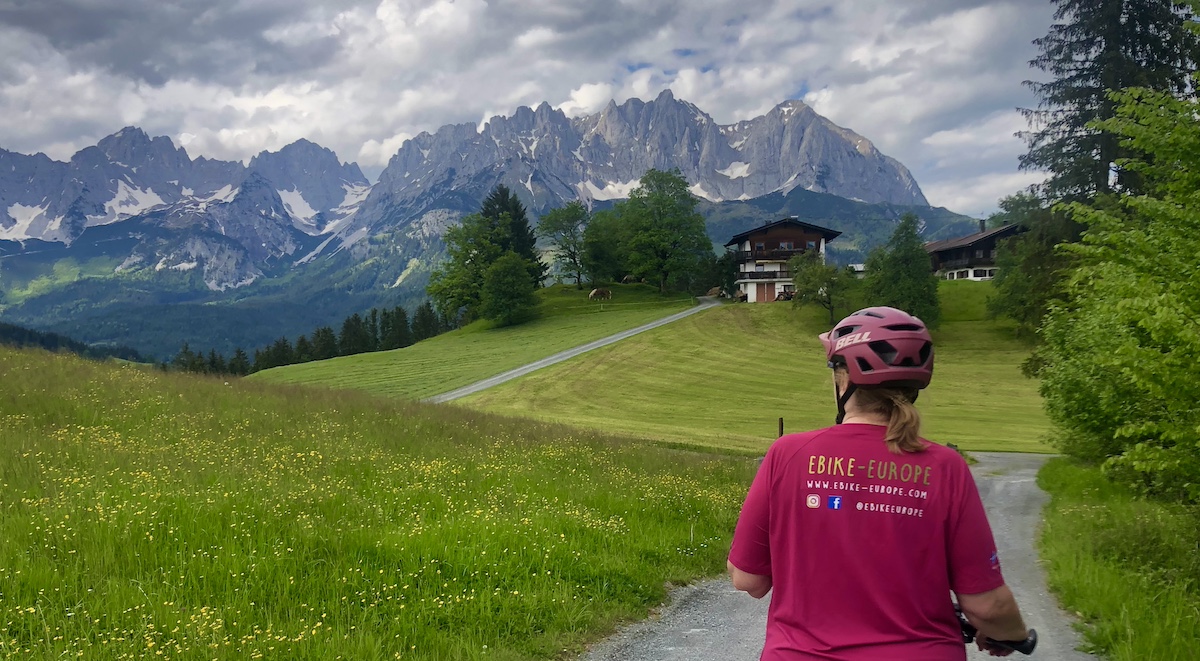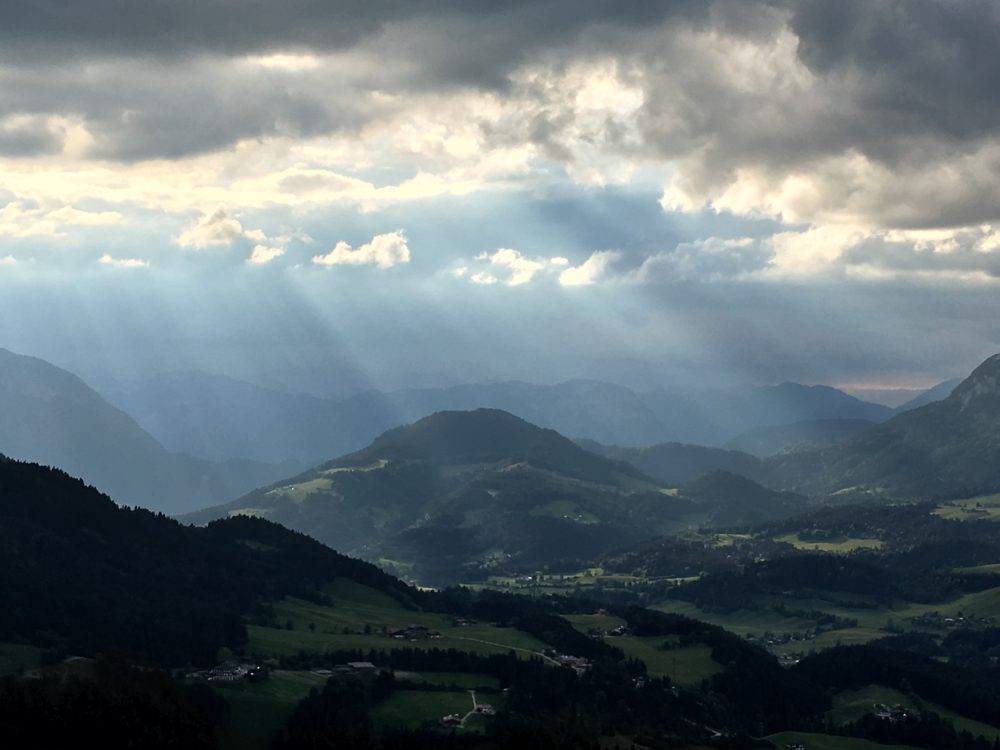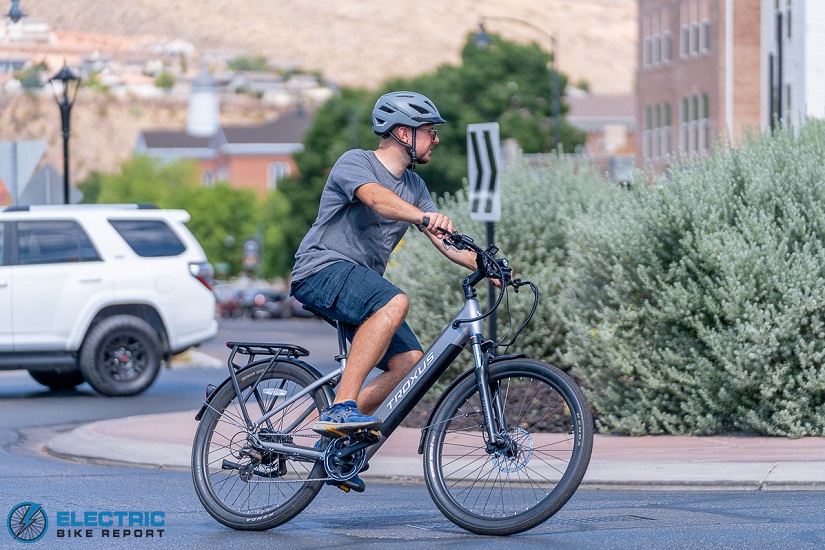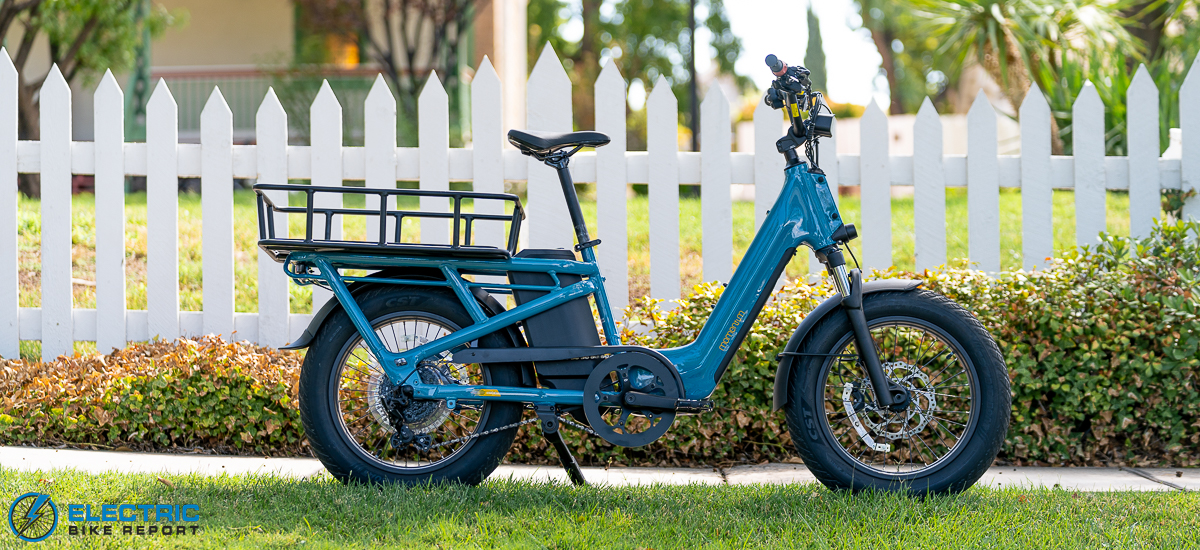
Do you have a brain? Then get a helmet!
Recently, I have noticed that a lot of people do not wear a helmet when they are on holiday and riding bikes on European paths. I have been in three different countries in the past month, riding unfamiliar paths, but even if I were at home, I would always wear a helmet. After all, would you get in a car and not put on your seatbelt?
I understand that people are on holiday, and everything is different on holiday. I also know that many are competent riders and ride bikes regularly. However, they are not local, so it is unsafe no matter how experienced they are. Yes, it is hot, but cycling helmets have air vents. Plus, wouldn’t you rather be a bit warm and ruin your hair than have a brain injury?




Do you drive a car without wearing a seat belt?
This issue concerns not only how you ride a bike but also how others ride a bike or drive a vehicle. Riding a bike is like skiing or driving a car; you are only as safe as others’ skill levels, and therefore, it can be dangerous, as they may not be as proficient as you.
Collisions are the leading cause of ebike crashes in “holiday” areas, so you need to be the bigger person here and do everything possible to avoid putting yourself in that position.
When you are on holiday, riding a bike, especially an ebike, is a great way to get around and explore the area as much as possible. It’s fun and good for your health. You can breathe in fresh air and see parts of the area you wouldn’t be able to by car or bus. However, safety should always come first. You want lovely memories from your holiday; the last thing you want is a scar as a souvenir.






Why Wear a Helmet?
- Protection for Your Head: Your head is significant – it houses your brain! You only get one of those, so use it to think about how much you really need it. A helmet protects your head if you fall off your bike. It cushions the impact and can prevent serious injuries like concussions or skull fractures.
- Accidents Happen: Even if you’re a skilled rider, accidents can still happen. Sometimes, it’s not even your fault—other vehicles, other cyclists, or road conditions can cause a crash. A helmet is like a shield for your head in case the unexpected happens.
- Laws and Regulations: In many places, wearing a helmet is the law, especially for children. Even if it’s not required by law where you live, it’s still a wise choice to protect yourself whenever you get on a bike. Check what the law is in the country you are riding your bike in.
- Setting a Good Example: Wearing a helmet sets an excellent example for others, especially kids. They’ll see how important it is to protect their heads when they ride.






Choosing the Right Helmet
- Fit: A helmet should fit snugly but comfortably on your head—not too loose or tight. Most helmets have adjustable straps to help you get the right fit. If you are unsure, go to a local bike shop and as them to check.
- Certification: Look for a helmet that meets safety standards. In Europe, helmets should have a CE mark, and in the US, they should meet CPSC standards. These marks mean the helmet has passed safety tests.
- Types of Helmets: Different helmets exist for different activities. For biking, choose a helmet designed specifically for cycling. They are lightweight and aerodynamic, designed to keep you cool and comfortable while providing protection.




Tips to care for your Helmet
- Always Wear It: Don’t just carry your helmet; it’s not a handbag – wear it every time you ride, no matter how short the trip. I have seen a lot of people with helmets clipped to the front of their bars when they are on a flat section, which makes me roll my eyes. Think about it: if you are going at 20km on the flat, that is the speed at which your head will hit the ground or into someone else. Either way, it will do a lot of damage.
- Replace When Needed: If your helmet has been in a crash or shows signs of wear (like cracks or loose parts), replace it. The majority of helmets are designed for one-time impact protection.
- Keep It Secure: Store your helmet in a cool, dry place when you’re not riding. Avoid leaving it in direct sunlight for long periods, as this can weaken the materials over time.
- Any Doubt: Get a new helmet.
Riding your bike should be enjoyable and safe. Wearing a helmet is a simple yet crucial step to protect yourself from severe head injuries. Whether biking to work, cruising on a trail, or teaching your kids to ride, ensure everyone wears a helmet. It’s a small investment that can make a big difference in keeping you safe on two wheels. So, next time you hop on your bike, don’t forget your helmet – your head will thank you!
Please follow, like, and subscribe to my channels when you enjoy my content. Thank you.
For regular updates, photos and inspiration, visit my Facebook & Instagram page @ebikeeurope https://www.facebook.com/ebikeeurope.
Take a look at some of the places for your next cycling adventure. https://ebike-europe.com/routes/
If you like my content or if it has helped you somehow. Please support me by clicking on “buy me a coffee”. Thank you https://buymeacoffee.com/ebikeeurope






